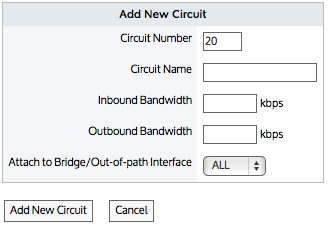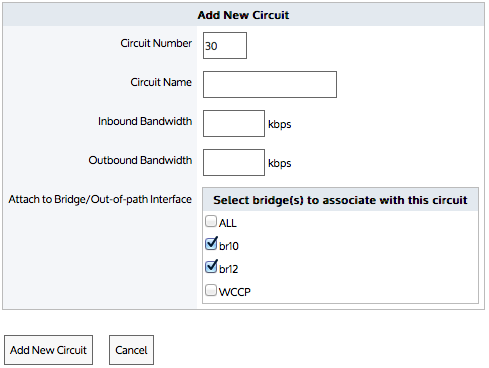A bridge can be assigned to more than one circuit. Once a type of traffic matches a virtual circuit and policy, it will not be processed by later circuits, virtual circuits, and policies. If the type of traffic does not match any policy in the first circuit, then it will attempt to match the policy in the second circuit.
For example, consider where circuits, virtual circuit, and policy are defined as:
- Circuit A = br10
- Circuit B = All bridges
In this case, br10 is assigned to both circuit A & B. However, br10 is bound to circuit A first.
- If the traffic is P2P, then that traffic type will be processed by Circuit A and will not be processed by Circuit B.
- If the traffic is mail, then that traffic type will not match Circuit A. It will attempt to match policy in Circuit B. In this case, it will match the policy for mail.
- If the traffic is not P2P or mail, then that traffic type will not match Circuit A or Circuit B and therefore will fall into an auto-catch-all circuit, auto-catch-all virtual circuit, and auto-catch-all policy.

